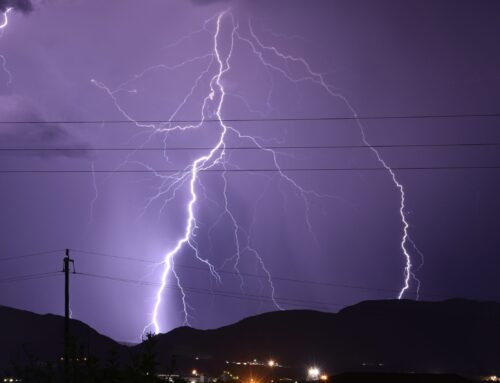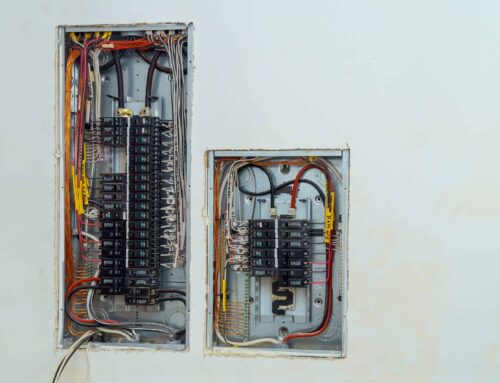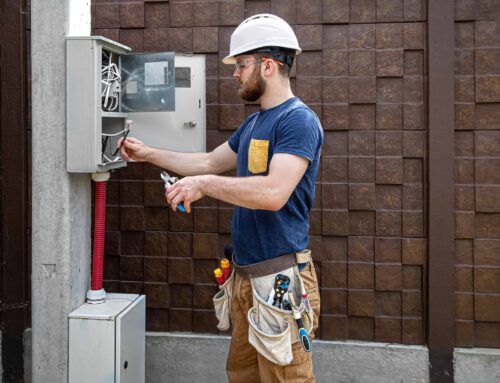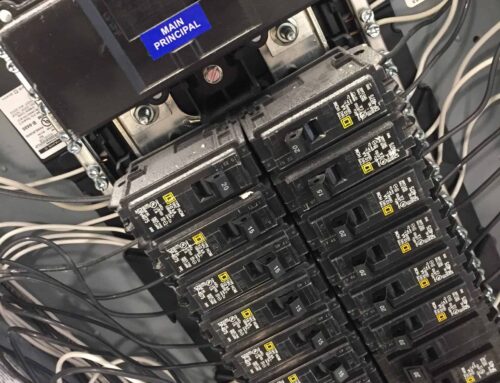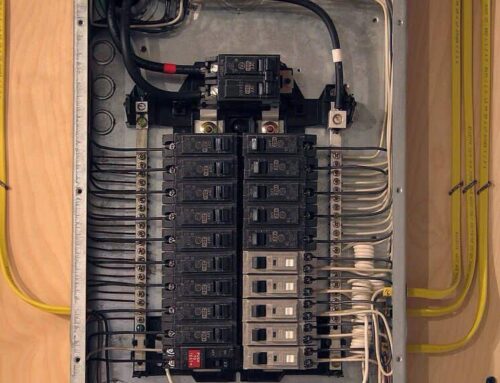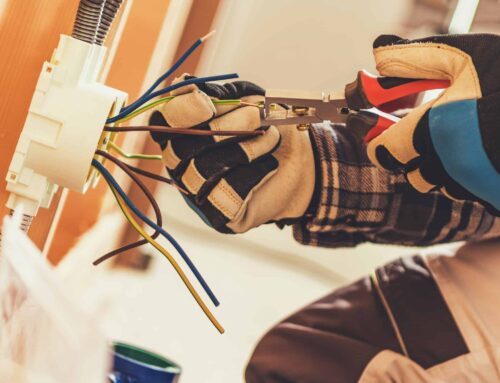As homes age, so do their electrical systems. Older homes may have outdated electrical systems that are not equipped to handle modern appliances and electronics. As a result, homeowners may encounter common electrical problems that can be dangerous and costly if not addressed promptly.
In this article, we will discuss some of the most common electrical problems found in older homes and provide tips on how to fix them.
Overloaded Circuits
Overloaded circuits are a common problem in older homes. They occur when too many electrical devices are plugged into a single circuit, causing it to become overloaded. This can cause the circuit breaker to trip or the fuse to blow, which can be dangerous and may cause a fire.
To fix an overloaded circuit, try unplugging some devices or appliances to reduce the load on the circuit. If this does not work, you may need to add a new circuit or upgrade your electrical panel to handle the additional load.
Outdated Wiring
Many older homes were built with outdated wiring that is not equipped to handle modern electrical needs. Knob and tube wiring, for example, was commonly used in homes built before the 1950s and is now considered a fire hazard.
To fix outdated wiring, it is recommended to have a licensed electrician inspect your home’s electrical system and recommend necessary upgrades. This may include replacing outdated wiring, upgrading your electrical panel, or installing additional outlets.
Flickering Lights
Flickering lights can be a nuisance and may be a sign of an underlying electrical problem. This could be caused by loose connections, a faulty switch, or a damaged fixture.
To fix flickering lights, start by checking the connections at the light fixture and switch. If the connections are loose, tighten them. If the problem persists, you may need to replace the switch or the fixture itself.
Outlets That Don’t Work
Outlets that don’t work can be frustrating and may limit your ability to use electrical devices in your home. This could be caused by a tripped circuit breaker, a faulty outlet, or damaged wiring.
To fix outlets that don’t work, first check the circuit breaker to see if it has tripped. If it has not, try resetting the GFCI outlet, which can be found in the bathroom, kitchen, or garage. If the problem persists, it may be necessary to replace the outlet or have an electrician inspect the wiring.
Overheated Outlets
Overheated outlets can be a sign of an electrical problem and can be dangerous if not addressed promptly. This could be caused by a loose connection, damaged wiring, or an outdated outlet.
To fix overheated outlets, start by unplugging any devices or appliances from the outlet. Next, inspect the outlet for any signs of damage, such as discoloration or melting. If the outlet appears damaged or is hot to the touch, turn off power to the circuit and contact a licensed electrician.
Conclusion
In conclusion, common electrical problems can occur in older homes and can be dangerous if not addressed promptly. By following the tips outlined in this article, you can identify and fix these problems before they become a safety hazard. Remember to always prioritize safety and consult a licensed electrician if you are unsure how to address an electrical problem in your home.
At PowerMaster Electric Inc, we offer a wide range of electrical services to keep your home safe and up to code. Contact us today to schedule an electrical inspection or to learn more about our services.
Read more about our electrical services:

